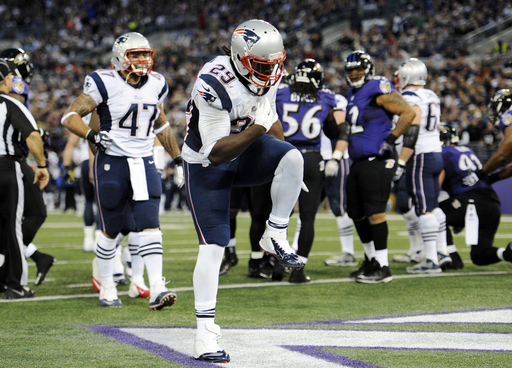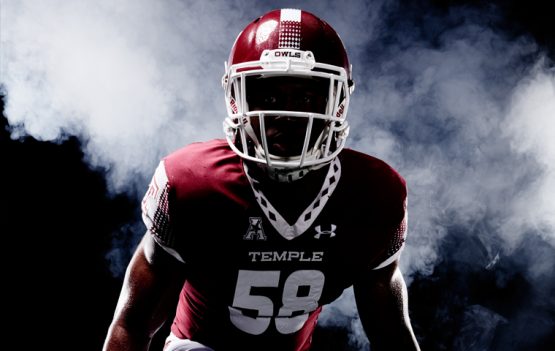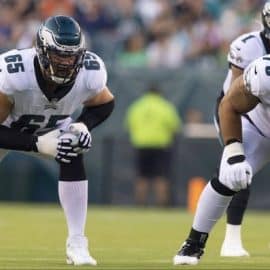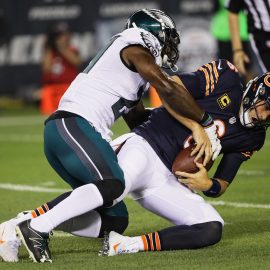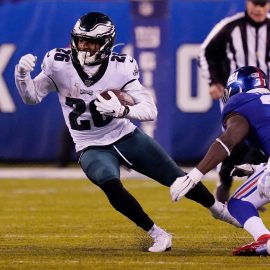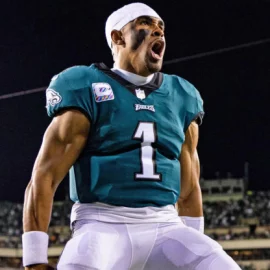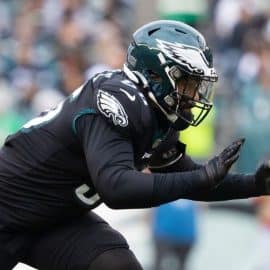I'm a sucker for articles on how coaches in the NFL can influence referees…
Thus I gravitated to this somewhat obscure piece by Tyler Williams of causalsports.com on how Chip Kelly speeds up the pace of his offense to avoid routine stoppage of play. And the result is Kelly really knows how to get inside the heads of the refs when the ball is spotted after the completion of an offensive play…But if you really follow that line of thinking through, you could imagine a football game where first-down measurements were no longer required or relevant…
So I hereby present a guest editorial by the George Plimpton of NFL blogs, Mr. Tyler Williams— Tyler is an economics PhD student and a rugby player/coach with a passion for sports.
What Does Chip Kelly Have To Do With Spotting The Ball? —by Tyler Williams
I’m pretty excited that Chip Kelly is coming to the NFL. If you’ve watched the Oregon Ducks in recent years or the Patriots' hurry-up offense, you’re probably excited, too. It’s fun to see teams try something different, and I like seeing fast offenses break defenses’ wills using such a simple concept. Sometimes, the defense isn’t even lined up when the ball is snapped. Teams spend tons of energy trying to outsmart defenses, but a fast offense can make it easy.
If the speed game catches on, it has other possible implications. For example, the NFL could shorten the play clock to encourage game pace. Most people would enjoy more football and less standing around. Whether the play clock changes or not, teams will want smaller, faster players on offense and defense, reversing the rapid growth in player BMI over the last thirty years. A size reduction might help with concussions — though force equals mass times acceleration, and acceleration might go up —
So what does this have to do with first downs? Bear with me. The NFL has a credibility problem with its measurement technology. I chuckle every time the chain gang trundles out and the ball is measured one link short. Football certainly is a game of inches; in the case of spotting the ball and measuring ten yards, the margin of error is measured in inches. A "first down laser" would help with referees wandering up, down, and around the field, but spotting the ball is tougher.
Football acquired down-and-distance rules thanks to Walter Camp in 1882. They were intended to keep teams from sitting on the ball for the entire game, but the more recent addition of the play clock opens up other possibilities. Why not shorten the play clock and give teams a limited number of plays to traverse the entire field? To keep it simple, the rule could be
Downs = Yards to the End Zone/6,
rounded to the nearest down, with a minimum of four. So, if you get the ball on your 20, you get 80/6 = 13 plays to score. If you get the ball on the 50, you get 50/6 = 8 plays, and if you get the ball on the opponent’s 15, you still get the minimum four tries. More complicated functions might work better — to avoid confusion, you could ditch the yard lines and repaint the field with the number of plays available in each direction.
With this system, only two spots really matter: the starting point and the touchdown-scoring play (if the team makes it that far). Errors on other spots along the way will balance out a bit before they have any real impact on possession or play calling. Both important spots can be checked with video without slowing the game much at all. That seems like a big improvement! We would have fewer commercial breaks (make each one longer if you want) with interesting chains of fast-paced, continuous attack by the offense.
What are the downsides? It’s possible that scoring would go down, since teams could grind out enough yards to pin the other team deep every time. However, the faster play clock would help with that a bit, and teams might actually score more, since their path to the end zone would be less restricted (no more requirement to get ten yards every four plays . . . ). Also, the end game gets complicated. The faster play clock helps again, since ten plays might only translate to a couple minutes, but first downs might have to come back for the last two minutes. Maybe 20 yard intervals would be a good compromise.
So, I’m hoping for big things from Chip. If he can speed up the game and show us the benefits of a shorter play clock, we might not need accurate spotting or first downs anymore. You may love all that procedure, but I just want to see the players play the game.
Send your cards and letters and e-mails to Tyler Williams at causalsports.com….
I get what Tyler is trying to say, which is we could use less measurement and more action in the game we have come to love. And to another point, he seems to be agreeing with our Australian fellow Beanstalk that the game would be better with a little more cardio injected into the action.
I try to keep an open mind on all of it.
Add The Sports Daily to your Google News Feed!
